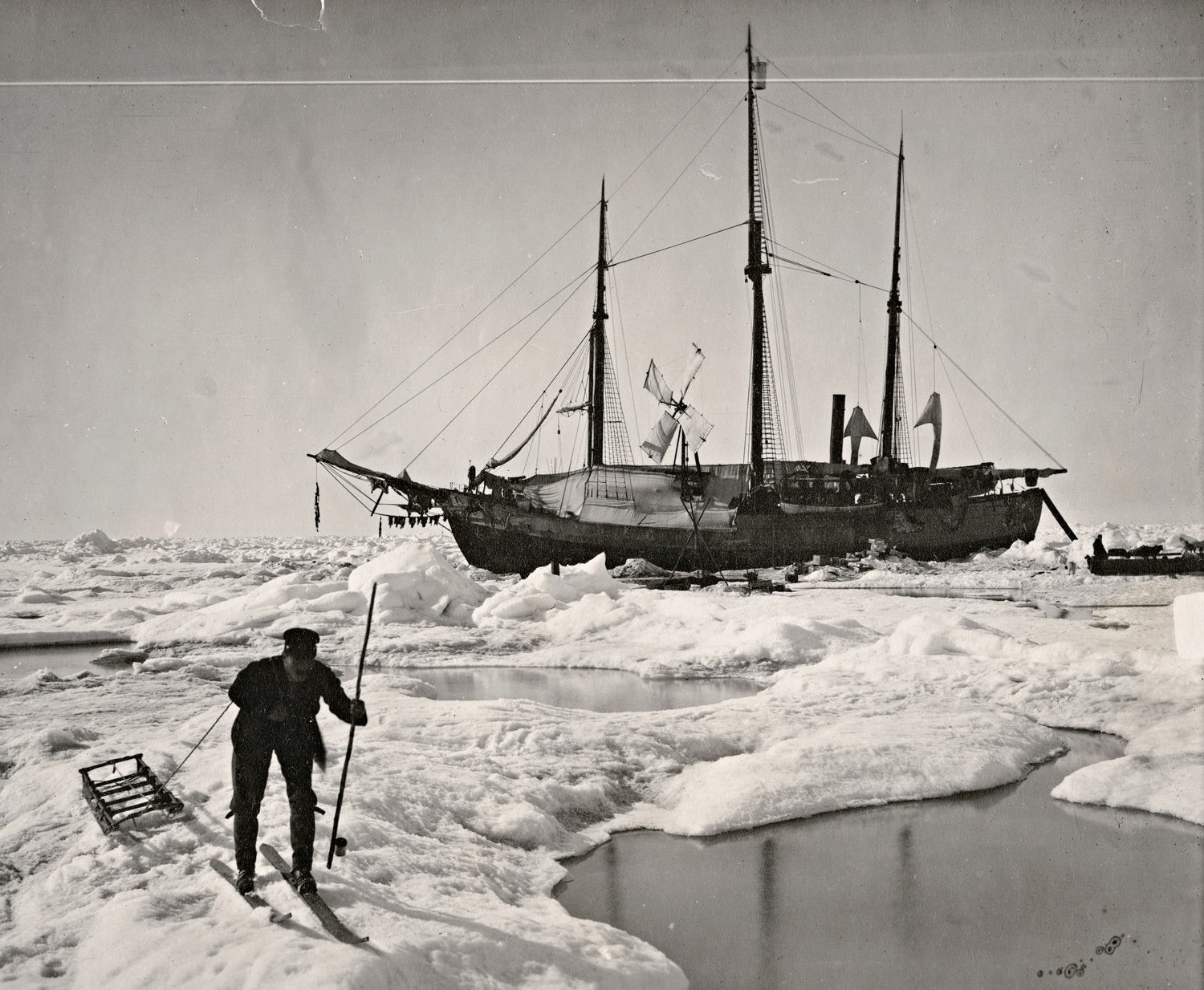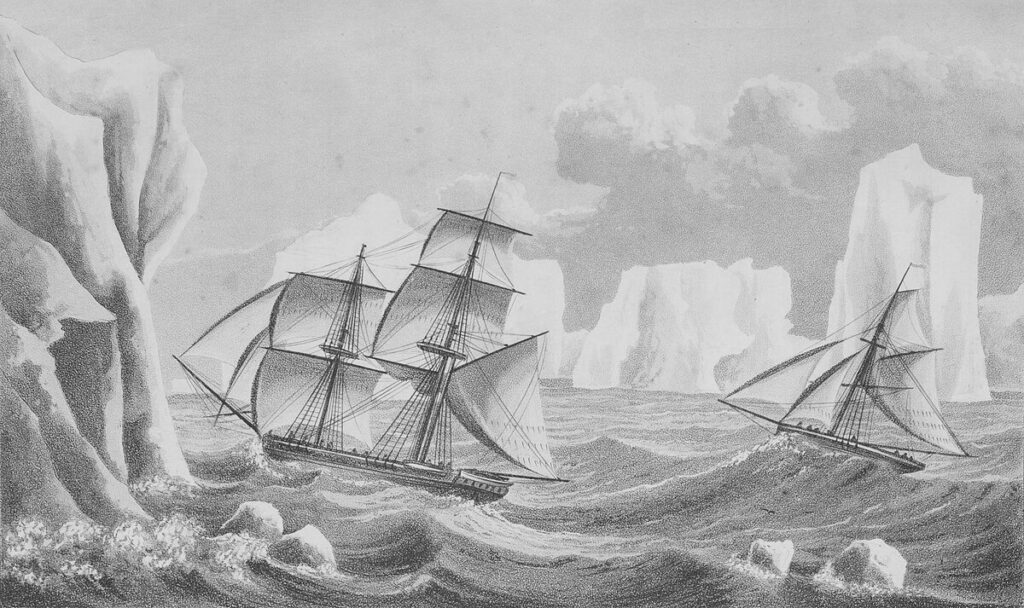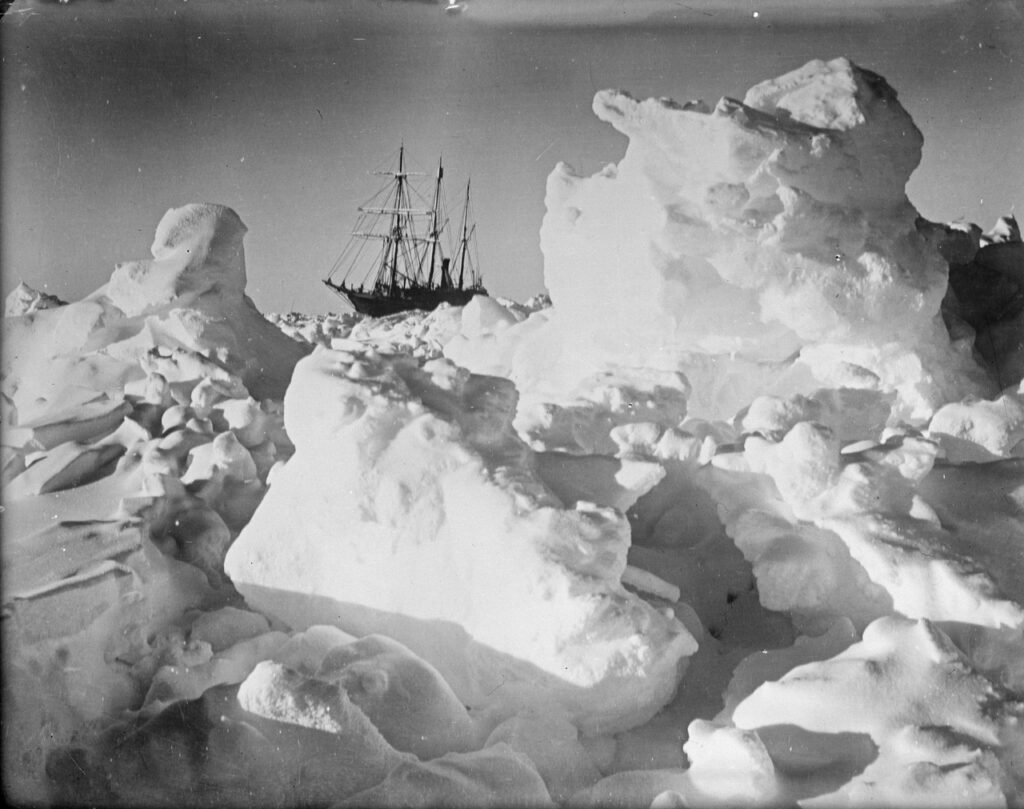Frozen Frontiers: The History of Antarctica from Ancient Myths to Heroic Exploration

For centuries, Antarctica was a mystery—an unseen, unknowable landmass imagined at the bottom of the world. Shrouded in ice and isolation, it was long theorized, but only reached by daring explorers in the modern era. From ancient speculation to the Heroic Age of Exploration, and from scientific discovery to geopolitical neutrality, Antarctica’s history is one of myth, hardship, and human perseverance in Earth’s harshest environment.
Ancient Origins and Early Theories
The idea of a vast southern continent dates back over two thousand years. Ancient Greek philosophers, including Aristotle and Ptolemy, postulated the existence of a Terra Australis Incognita—a “unknown southern land” that they believed balanced the landmass of the Northern Hemisphere.
Though these early thinkers had no evidence, their theories were widely accepted and included in Renaissance maps. For centuries, this theoretical Antarctica appeared in maps, often depicted as a lush or mountainous land.
The Age of Discovery and Speculation (15th–18th Century)
As European maritime exploration expanded during the Age of Discovery, explorers began probing farther south. Notable events during this era include:
- Ferdinand Magellan’s voyage (1520): He passed through the strait that now bears his name, suggesting proximity to unknown southern lands.
- James Cook (1772–1775): During his second voyage, Cook crossed the Antarctic Circle in 1773, sailing farther south than anyone before. Though he never saw Antarctica’s mainland, he disproved many myths of a temperate southern continent.
These voyages laid the groundwork for future Antarctic exploration by confirming that a continent of ice likely existed at the pole.
Early Sightings and the First Landings (19th Century)
The early 1800s marked the first recorded sightings of the Antarctic continent:
- 1820: Three expeditions—by Edward Bransfield (UK), Fabian von Bellingshausen (Russia), and Nathaniel Palmer (USA)—independently sighted parts of the Antarctic coast.
- 1821: American sealer John Davis may have made the first landing on the Antarctic Peninsula, though this remains debated.
The continent was increasingly visited by sealers and whalers, drawn by the bounty of fur seals and whales. Their voyages helped map the coasts but often left devastation in their wake, decimating animal populations.
The Heroic Age of Antarctic Exploration (1895–1922)
A golden era of bold, dangerous expeditions—this was a time of international competition, scientific advancement, and legendary endurance. Notable explorers and milestones include:
- Carsten Borchgrevink (1898–1900): Led the first overwintering expedition on the continent.
- Robert Falcon Scott (1901–1904, 1910–1913): His final expedition, aimed at reaching the South Pole, ended in tragedy. He and his team reached the pole in 1912, only to find they had been beaten by the Norwegians. They perished on the return journey.
- Roald Amundsen (1911): The first person to reach the South Pole, arriving on December 14, 1911, using dog sleds and expert planning.
- Ernest Shackleton (1914–1917): Although his Endurance expedition never reached the pole, his leadership in rescuing all 28 crew members after their ship was trapped and crushed in the ice became one of the greatest survival stories in history.
These explorers braved unimaginable cold, isolation, and hunger, all for the sake of discovery and national pride.

Scientific Exploration and the Antarctic Treaty (20th Century)
After World War II, Antarctica shifted from a space of competition to one of collaborative science:
- Operation Highjump (1946–47): A major U.S. Navy operation led by Rear Admiral Richard E. Byrd aimed at establishing research bases and mapping the continent.
- International Geophysical Year (1957–1958): Over 60 countries participated in a cooperative research effort that led to:
- The construction of permanent research stations, including McMurdo Station and Vostok Station.
- The discovery of the Van Allen radiation belts and significant glaciological and meteorological data.
This scientific cooperation laid the foundation for the Antarctic Treaty, signed in 1959 (effective 1961). Key points of the treaty:
- Antarctica shall be used for peaceful purposes only.
- Scientific research shall be freely shared.
- No new territorial claims shall be made while the treaty is in force.
Today, over 50 nations are signatories, making it one of the most successful international agreements in history.
Modern Antarctica: Science, Climate, and Conservation
In the 21st century, Antarctica remains a vital hub of global science. Modern research focuses on:
- Climate change: Melting ice sheets in West Antarctica are closely watched for their impact on sea levels.
- Ice core studies: Drilling deep into Antarctic ice reveals past atmospheric conditions over hundreds of thousands of years.
- Biodiversity: Despite its harshness, Antarctica is home to unique life forms including penguins, seals, krill, and microbial extremophiles.
Tourism is also on the rise, with thousands of visitors each year arriving on tightly controlled expeditions, raising concerns about environmental impact.

Conclusion: A Land of Extremes and Unity
Antarctica is a land of paradoxes—remote yet globally significant, uninhabitable yet central to human curiosity and science. From ancient myths of balancing continents to the grueling sacrifices of early explorers and the collaborative spirit of modern treaties, Antarctica has transformed from a speculative mystery into a symbol of international unity and planetary stewardship.
As our climate warms and geopolitical interests evolve, the future of Antarctica will depend on maintaining the same spirit of peaceful exploration and shared responsibility that has preserved it for the past century.Tools.




